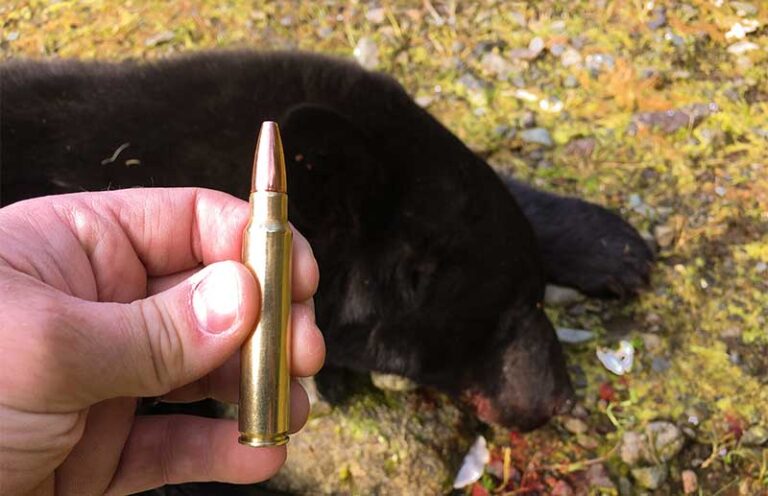
A look at Lehigh Defense and its attempts to perfect the art of bullet technology and ballistic innovation.
Sometimes, it’s necessary to have the backstory to appreciate a product. I think that’s especially true with Lehigh Defense … where bullet evolution seems to be happing faster than anywhere else. Under the watchful eye of Bill Wilson—yes, the Bill Wilson of Wilson Combat—Lehigh Defense is taking the mono-metal bullet to places it’s never been.
But I’m getting ahead of myself. For me, this story starts in West Virginia, with two hillbillies trying to create a bullet for a .50-caliber short-action rifle cartridge.
France To West Virginia
In 2006, I was approached by fellow West Virginian, Mike Cyrus. Cyrus had designed a short-action .50-caliber rifle cartridge capable of launching a 345-grain bullet at 2,700 fps. His problem was that there were no .50-caliber bullets capable of withstanding impact velocities that high. I showed Cyrus the French designed GPA bullet and detailed my experiences with it. I felt that if Cyrus could create a similar bullet, it would be ideal for his cartridge.
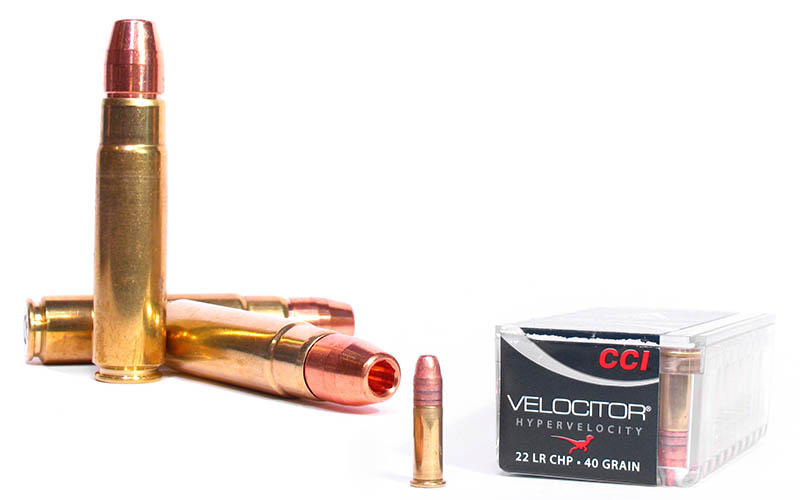
The GPA bullet is a mono-metal bullet with a broached hollow point. When it impacts animals, fluids are forced into the hollow point. This causes the bullet to fracture, and the result is the separation of four petals. Sometimes the petals will break from a Barnes Triple Shock mono-metal bullet, but when this happens, much like they did with the old Winchester Fail Safe bullet, the petals just fall away and are left in the bullet’s path. Because the fracturing on the GPA bullet occurs almost immediately, the petals retain velocity and drive forward and outward from the path of the bullet shank. This creates massive tissue destruction and hemorrhaging.
Cyrus liked the idea, and, working with Lehigh Defense, they created a bullet. It wasn’t long until Cyrus was back at my range to test it … and the results were amazing. The bullet delivered a controlled dispersion of shrapnel that left a wound cavity of immense proportions. The break-away petals created their own wound tracks and the base of the bullet drove incredibly deep. Cyrus worked with Lehigh to tweak the design and I took Cyrus’ .50-caliber cartridge and those bullets to Africa, where they impressed the hell out of a professional hunter.
Cyrus soon went to work for Lehigh Defense to develop other bullets, conduct testing and to produce load data. He became an integral part of company and moved to South Dakota in 2017 when the company relocated. That year Cyrus also came to Africa with me, and we tested multiple Lehigh bullets on a variety of critters. My son even used a 270-grain .375-caliber version of the Controlled Fracturing bullet that had evolved from Cyrus’ early work to take an African buffalo.

Enter Wilson Combat
Lehigh Defense makes a lot of unique mono-metal bullets, and we’ll get to them shortly. But it was Lehigh Defense’s Controlled Chaos bullet that caught Bill Wilson’s attention.
In late 2021, Wilson Combat purchased Lehigh Defense. Wilson felt solid copper bullets would be the future and that Lehigh Defense was on the forefront of that technology. An avid hunter, he has probably killed more feral hogs than anyone I know, and he was impressed with the Controlled Chaos’ radical terminal performance. He also felt that the Lehigh’s Xtreme Defense bullet was changing how many people think about self-defense handgun projectiles. Wilson relocated Lehigh Defense to Clarksville, Texas, not too far from his home.
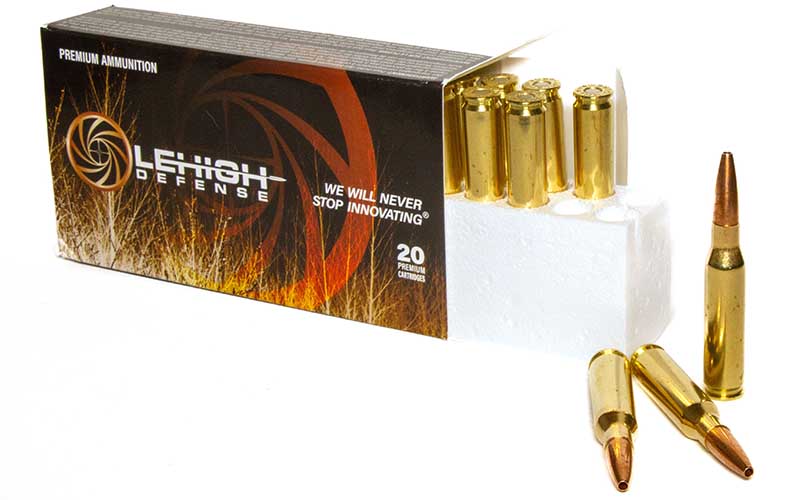
And this is where the circle completes. Cyrus was lost in this shuffle, but it wasn’t long until he and Wilson connected, and Wilson learned the value that Cyrus had brought to Lehigh Defense before the sale. Wilson brought Cyrus back to Lehigh Defense to assist with bullet testing, load development and, just as importantly, to handle customer questions and technical support. But what’s also interesting is how bullet development at Lehigh Defense works.
Responsive Engineering
Because of how Lehigh Defense bullets are machined, they can do very small runs and test them; a bullet can be tweaked and tested multiple times in a day. Wilson can take a new design and shoot some feral hogs in the morning, report his findings and the bullet can be modified before the day is over. The final product is not just a result of just testing in various mediums, it’s thoroughly vetted on wild game.

Cyrus is embedded in this process. He shadows Wilson’s work and is in constant contact with the factory to make suggestions based on what he sees on paper, on the chronograph and during terminal performance testing. Cyrus was recently on my range showing me the subsonic and supersonic bullets they’ve been developing for the new 8.6 Blackout cartridge. Before he left, he was on the phone with Clarksville, tweaking things.
During that visit, Cyrus also showed me their new Tipped Controlled Chaos bullet. With its better ballistic coefficient, it retains energy better and delivers flatter trajectories. Like the 8.6 Blackout bullets, it’s still under development but should be available in 2024.
Smart Bullets Getting Smarter
This story is slanted a bit to highlight the work and contributions of a fellow hillbilly and friend, but Cyrus and his work with Lehigh Defense has been my main window into the company. Today, Wilson is adding to the Lehigh Defense story and, according to Cyrus, since acquisition, Wilson has substantially enhanced the performance of several of the bullets Lehigh Defense offers.
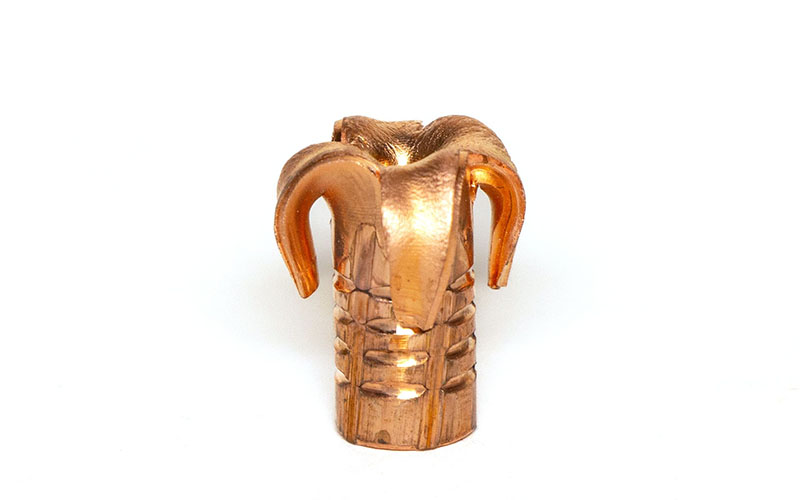
Of course, I cannot just end it here. You need to have an idea of the totality of Lehigh Defense’s smart-bullet product line. So, here’s a rundown of some of their best bullets, available as components or in loaded ammunition from Lehigh Defense, Wilson Combat and several other ammunition manufacturers. I’d suggest you give some of them a try.
Controlled & Xtreme Controlled Chaos Bullet
This is an all-copper mono-metal bullet designed to fracture during penetration. The fractured copper shrapnel is then propelled outward and forward from the bullet path. The base or shank of the bullet remains at bullet diameter and penetrates extremely deep, most often exiting. A version of this bullet built with softer copper is called the Xtreme Chaos and it works the same, but the nose of the bullet shank slightly deforms to create a larger diameter penetrating hole.

Tipped Chaos Bullet
This is nothing more than an all-copper mono-metal bullet designed to fracture during penetration, just like the Controlled Chaos. The difference, however, is the polymer tip that’s inserted into the bullet’s hollow point cavity. This tip increases the bullet’s BC, helps with retained energy down range and flattens trajectory.

Controlled Fracturing Bullet
This is a more controlled version of the Controlled Chaos bullet. The difference is that the shrapnel is reduced to large petals that do not bend or break part. The petals separate soon after penetration and radiate outward from the main bullet path, creating havoc and destruction in their wake. Where this bullet is most applicable is with subsonic loads. No other bullet from any manufacture can match it in terms of subsonic terminal performance. It’s ideal for cartridges like the .300 and 8.6 Blackout.
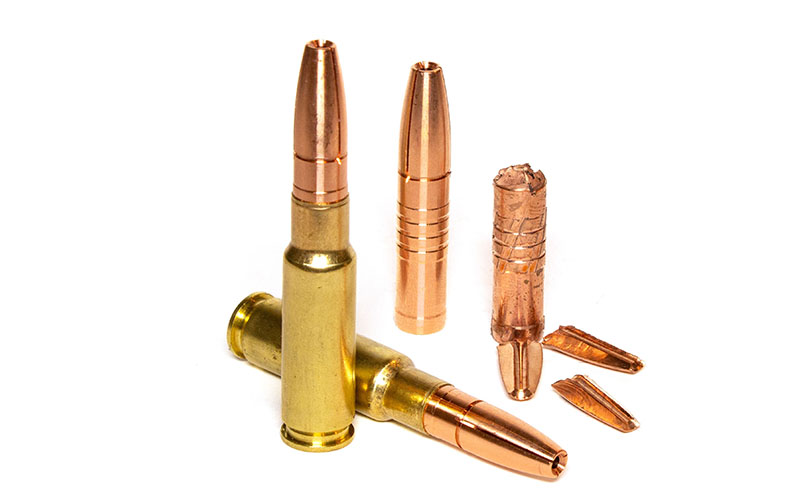
Maximum Expansion Bullet
This is a deviation of the Controlled Fracturing bullet, and similar to the Extreme Chaos bullet it’s built from slightly softer copper. This allows the petals on the bullet to remain attached similar to the Barnes Triple Shock. This bullet creates massive tissue destruction but with less penetration than the Controlled Fracturing bullet. It’s suitable for handgun and subsonic applications, and Wilson is working to develop tipped versions for high velocity rifle cartridges.

Xtreme Defense Bullet
This is an all-copper, non-deforming approach to a self-defense bullet designed to deliver penetration between the FBI’s optimum 12- and 18-inch range. A non-deforming/expanding bullet might seem counter to conventional wisdom, but the concept is valid. This is partly because the lack of bullet upset prevents the potential for penetration interference from intermediate barriers and partly because, due to the large flutes near the bullet’s nose, wounding is enhanced through high-velocity fluid transfer.
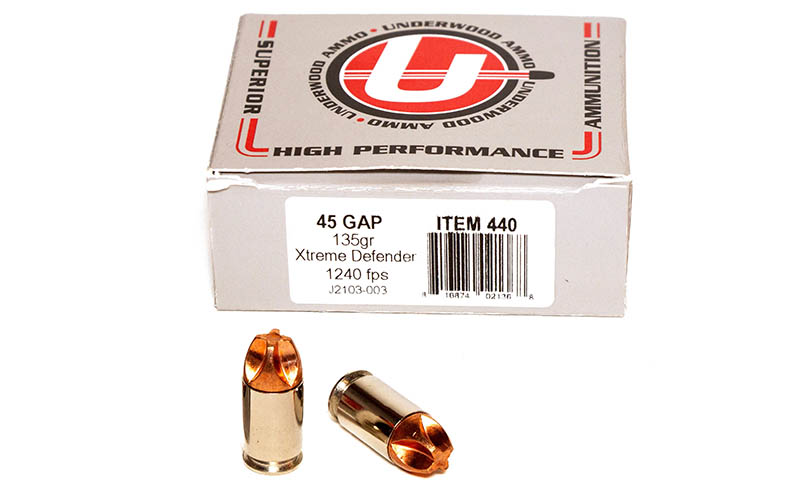
Xtreme Penetrator Bullet
An alteration of the Xtreme Defense bullet, these bullets are designed to drive deeper. They’re suitable for both handgun and rifle cartridges and are heavier than comparable Extreme Defense bullets in the same caliber. They also have smaller flutes to help maximize penetration, and the X-shaped nose design will punch through as opposed to skid on bone. These bullets create much more damage than conventional round nose bullets.
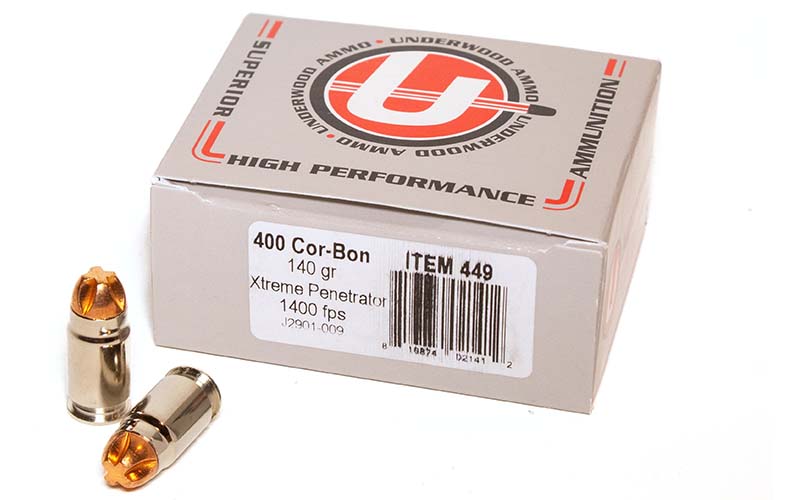
Wide Flat Nose
Very similar to a hard cast bullet, the advantage of a solid copper flat nose solid is that the bullet’s nose will not deform, chip or break, and this contributes to the bullet’s ability to penetrate very deep and straight. Buffalo Bore loads these Wide Flat Nose bullets in their Dangerous Game line. I watched a hunter in Africa absolutely hammer a buffalo with one from a .45-70, and one was all it took.
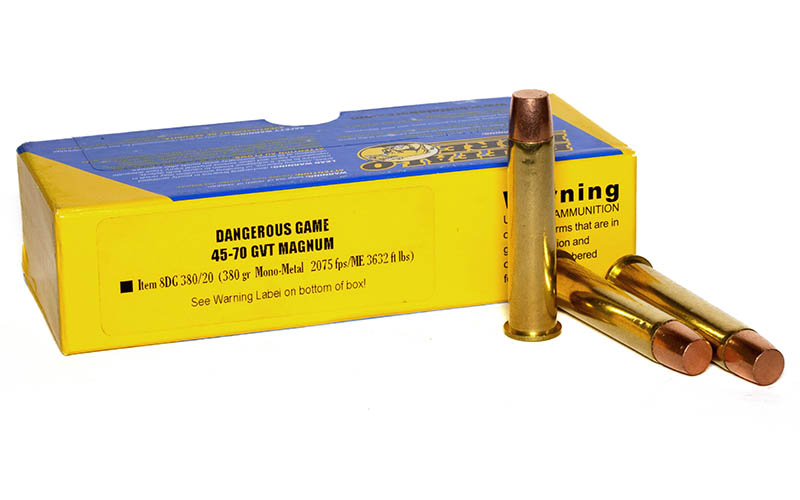
Editor's Note: This article originally appeared in the February 2024 issue of Gun Digest the Magazine.
Raise Your Ammo IQ:
- Beyond The 6.5 Creedmoor: The Other 6.5 Cartridges
- The Lonesome Story Of The Long-Lost 8mm
- Why The .300 H&H Magnum Still Endures
- .350 Legend Vs .450 Bushmaster: Does One Win Out For Hunting?

Next Step: Get your FREE Printable Target Pack
Enhance your shooting precision with our 62 MOA Targets, perfect for rifles and handguns. Crafted in collaboration with Storm Tactical for accuracy and versatility.
Subscribe to the Gun Digest email newsletter and get your downloadable target pack sent straight to your inbox. Stay updated with the latest firearms info in the industry.

![Best Concealed Carry Guns In 2025 [Field Tested] Wilson Combat EDC X9S 1](https://gundigest.com/wp-content/uploads/Wilson-Combat-EDC-X9S-1-324x160.jpg)


![Best 9mm Carbine: Affordable PCCs [Tested] Ruger Carbine Shooting](https://gundigest.com/wp-content/uploads/Ruger-Carbine-Shooting-100x70.jpg)
![Best AR-15: Top Options Available Today [Field Tested] Harrington and Richardson PSA XM177E2 feature](https://gundigest.com/wp-content/uploads/Harrington-and-Richardson-PSA-XM177E2-feature-100x70.jpg)
